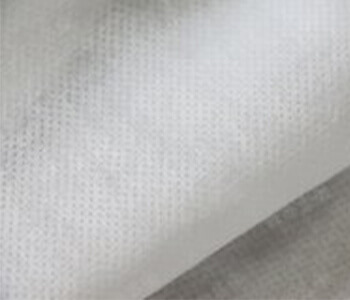Super Soft Hydrophobic - Hot Air Nonwoven Fabric
Here’s how Super Soft Hydrophobic – Hot Air Nonwoven Fabric is typically produced:
- Fiber Preparation: Synthetic fibers, typically polypropylene, are prepared and carded to form a uniform fiber web.
- Web Formation: The fiber web is laid down uniformly to create a loose, unbonded web.
- Hot Air Bonding: Hot air is blown through the web, causing the fibers to bond together at their intersection points, forming a cohesive fabric without the need for additional adhesives.
- Hydrophobic Treatment: The fabric is treated to enhance its hydrophobic properties, ensuring water repellency.
- Cooling and Stabilization: The bonded web is cooled and stabilized to form the final nonwoven fabric.
- Finishing: The fabric is finished according to the specific requirements of its intended application, such as additional treatments for enhanced softness or specific performance characteristics.

key Characteristics
- Super Softness: The fabric has an exceptionally soft texture, making it comfortable for direct skin contact applications.
- Hydrophobicity: The fabric is designed to repel water, keeping the surface dry and preventing the absorption of liquids.
- High Loft and Fluffiness: The hot air bonding process creates a high loft fabric with a fluffy texture, providing cushioning and comfort.
- Air Permeability: Despite being hydrophobic, the fabric maintains good breathability, allowing air to pass through easily.
- Lightweight: The fabric is lightweight, which is advantageous for applications where weight needs to be minimized.
- Non-Toxic and Safe: The material is non-toxic and safe for use in applications involving contact with humans or animals.
- Durability: The fabric has strong bonding between fibers, ensuring durability and resistance to tearing.
Application

MEDICAL
Disposable KN95/N95 Mask

HYGIENE
Baby diapers, adult diapers, pads, adsorbentscleaning wipes
